The 9 Mistakes You Should Never Make When Baking a Chocolate Cake (And Why)
Baking a chocolate cake sounds simple enough, but actually, it's as full of pitfalls as any other recipe. Read ahead to discover the 9 most common mistakes you can make when baking a chocolate cake and become a pro for perfectly gooey chocolate cakes!
;Resize,width=742;)
There’s nothing quite like a homemade chocolate cake. When it’s done right, it’s rich, moist, and deeply satisfying—a dessert that hits all the right notes. But the road to chocolate cake perfection is littered with pitfalls, and even the most enthusiastic baker can stumble into a dry, dense, or flavorless disaster. Baking is both an art and a science, and a few small missteps can turn your chocolate masterpiece into a regret in a pan. Let’s talk about the most common mistakes bakers make when tackling this iconic dessert, so you can avoid them and bake the chocolate cake of your dreams.
1. Skipping the Sift
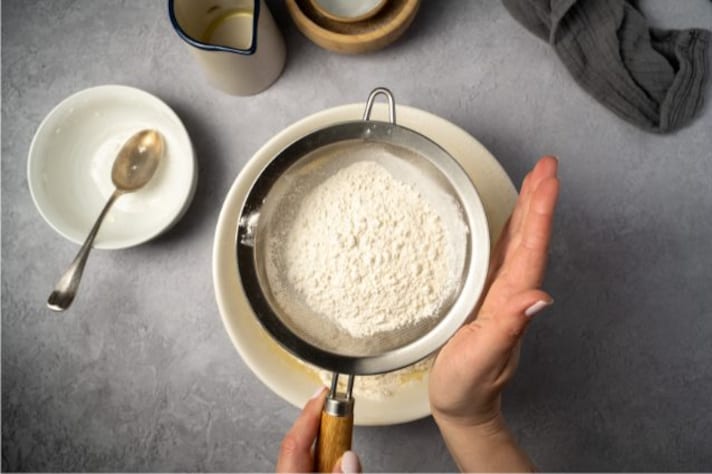
Many bakers underestimate the importance of sifting dry ingredients. Flour, cocoa powder, and baking soda are prone to clumping, and those lumps can wreak havoc on your cake’s texture. By skipping the sifting step, you risk uneven mixing, leading to pockets of dryness or bursts of bitter cocoa in your batter. Think of sifting as your cake’s first line of defense against mediocrity—it ensures that every bite is smooth and harmonious, rather than an unintentional surprise.
2. Overmixing
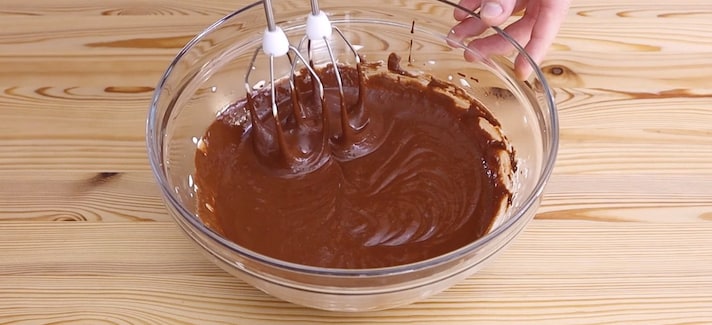
It’s tempting to keep mixing the batter until it looks perfectly smooth, but overmixing is a surefire way to ruin the cake’s structure. When you overwork the flour, you activate too much gluten, turning your cake from tender and fluffy to dense and rubbery. Chocolate cakes are meant to be indulgent, not chewy. Mix just until the ingredients are combined, and then put down that spatula—you’re not making bread here.
3. Ignoring Ingredient Temperatures

Baking is all about precision, and that includes using ingredients at the right temperature. Cold butter or eggs can make it difficult for the batter to emulsify, leading to uneven mixing and a cake that doesn’t rise properly. On the flip side, using melted butter when softened is called for can leave your cake greasy and dense. Room-temperature ingredients are key to creating a batter that bakes evenly and produces a cake with a beautiful crumb.
4. Neglecting the Cocoa

Not all cocoa powders are created equal, and using the wrong one can throw off your cake’s flavor and texture. Dutch-processed cocoa is smoother and less acidic, while natural cocoa powder is lighter and more bitter. Some recipes specify which to use, but many don’t—leaving bakers to guess. Always check the recipe carefully or consider how the cocoa interacts with other ingredients, especially the leavening agents. Baking a chocolate cake isn’t just about chocolate; it’s about the chemistry that makes chocolate shine.
5. Overbaking

It only takes a few extra minutes in the oven to transform a luscious chocolate cake into a dry, crumbly disappointment. Many bakers rely solely on the timer, but ovens vary, and a minute too long can mean catastrophe. The toothpick test (where a toothpick inserted in the center comes out with a few moist crumbs) is your best friend. Remember, cakes continue to cook slightly as they cool, so don’t wait for it to be completely dry in the oven—it’ll be overbaked by the time it hits the plate.
6. Measuring Mishaps

In baking, precision is everything. “Eyeballing” your flour or cocoa powder is a rookie mistake that can leave you with a cake that’s too dry or not chocolaty enough. Even worse, measuring flour by scooping directly from the bag packs it down, leading to an overly dense cake. For best results, always use a scale for your dry ingredients. Think of it as a small effort with big rewards—a perfectly balanced chocolate cake is worth it.
7. Skipping the Prep

There’s nothing more heartbreaking than pulling a beautiful chocolate cake out of the oven, only to have it stick stubbornly to the pan. Failing to properly grease and flour your pans (or line them with parchment) can ruin all your hard work in an instant. This isn’t the time to cut corners—spend a few extra minutes prepping your pans, and your cake will slide out like a dream.
8. Forgetting the Salt
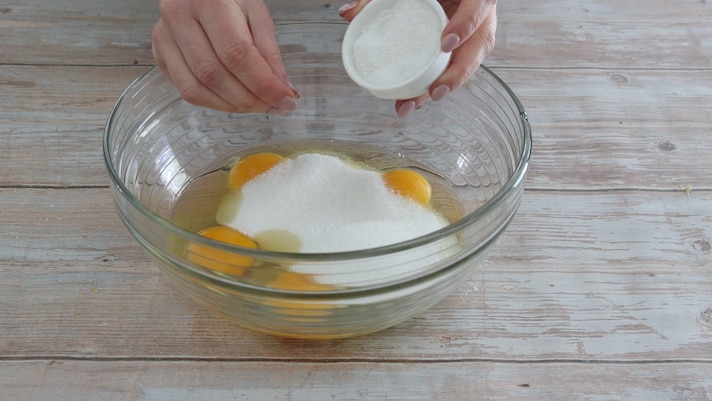
Salt might not be the star of a chocolate cake, but it plays a supporting role that’s essential to the dessert’s success. A pinch of salt enhances the sweetness and intensifies the chocolate flavor, creating a well-rounded cake that’s anything but one-note. Forget it, and you risk a cake that tastes flat, no matter how high-quality your chocolate is. It’s a small detail, but one that makes a world of difference.
9. Skipping the Cool Down
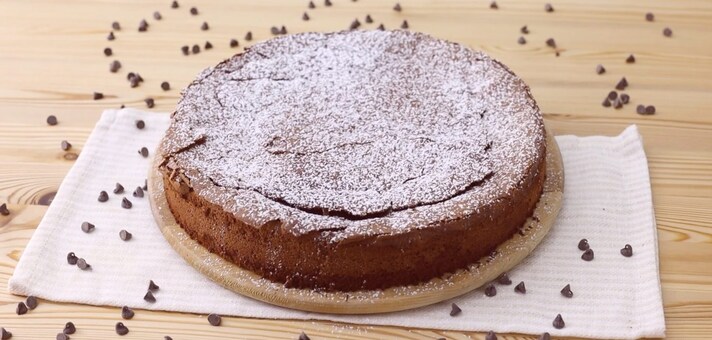
The excitement of finishing a chocolate cake can make anyone impatient, but skipping the cooling process is a disaster waiting to happen. Cutting into a hot cake not only ruins its texture but can also cause it to crumble or stick to your knife. Letting it cool completely allows the flavors to develop and the structure to set. Plus, frosting a warm cake? That’s just asking for a gooey mess.
;Resize,width=767;)

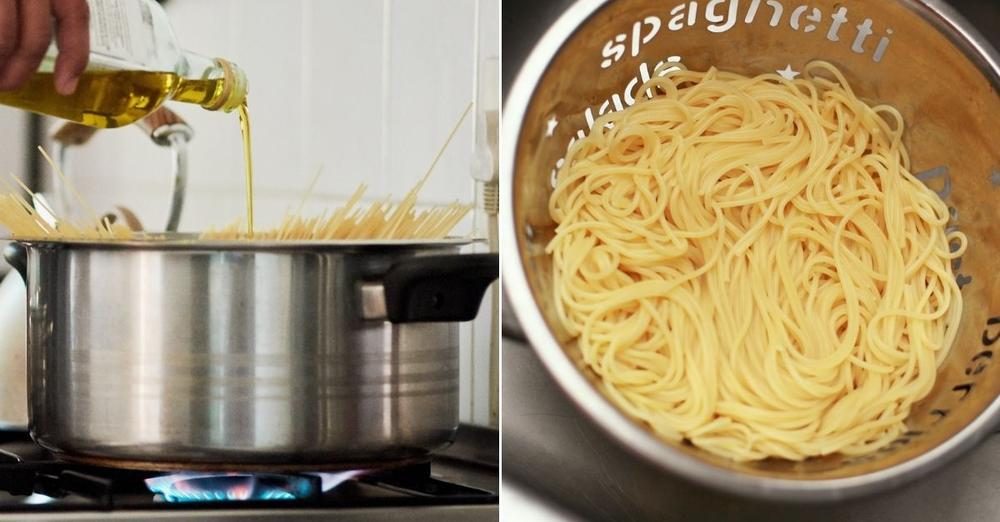;Resize,width=712;)

